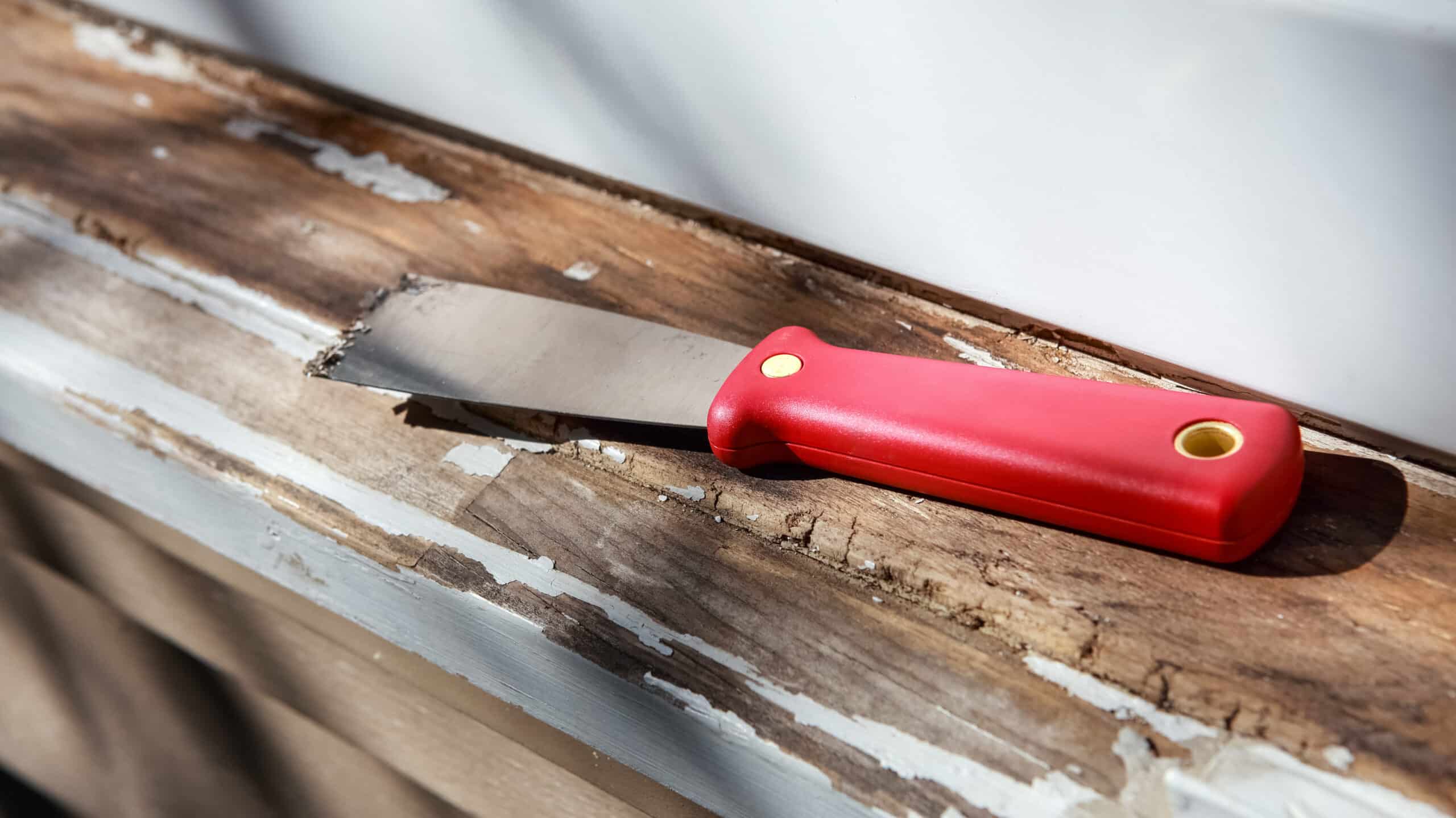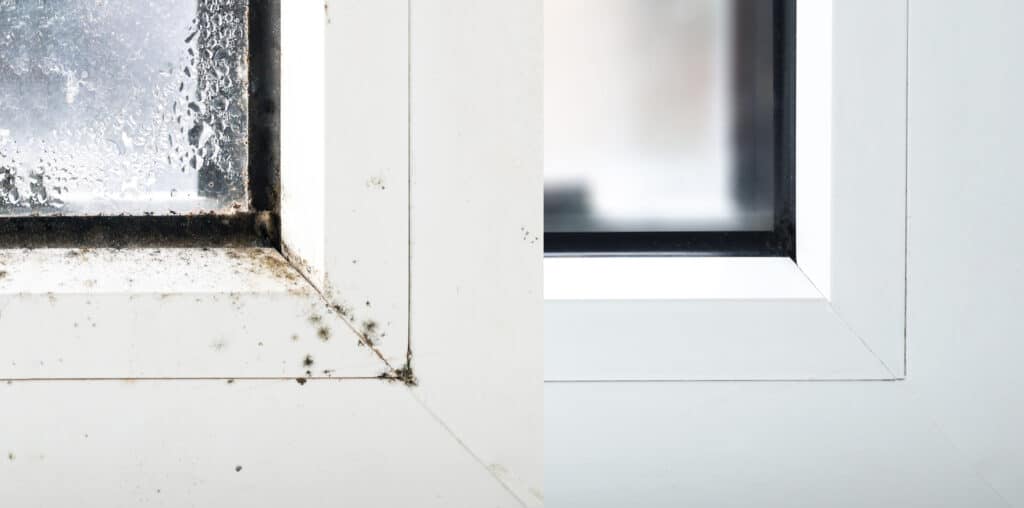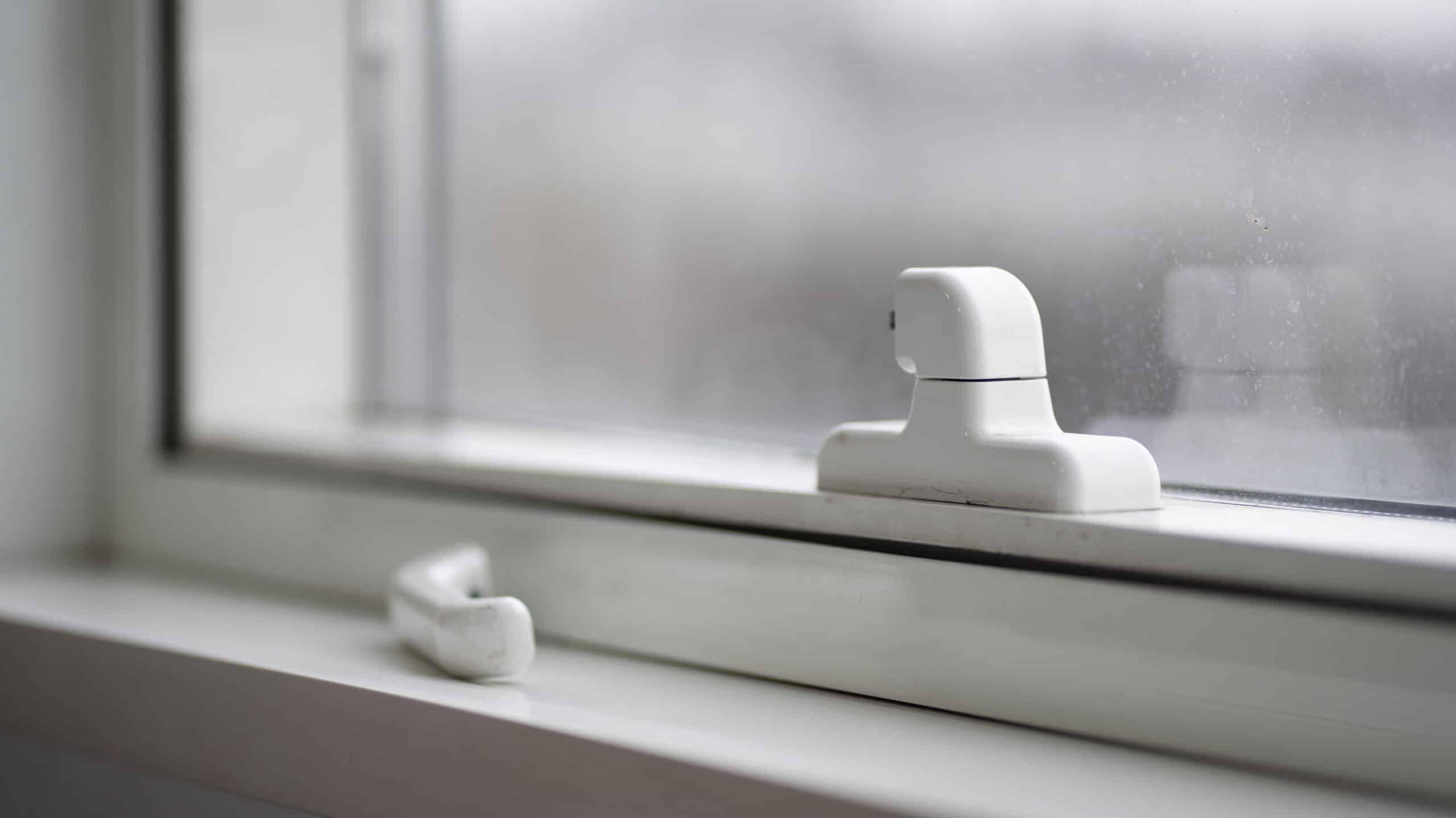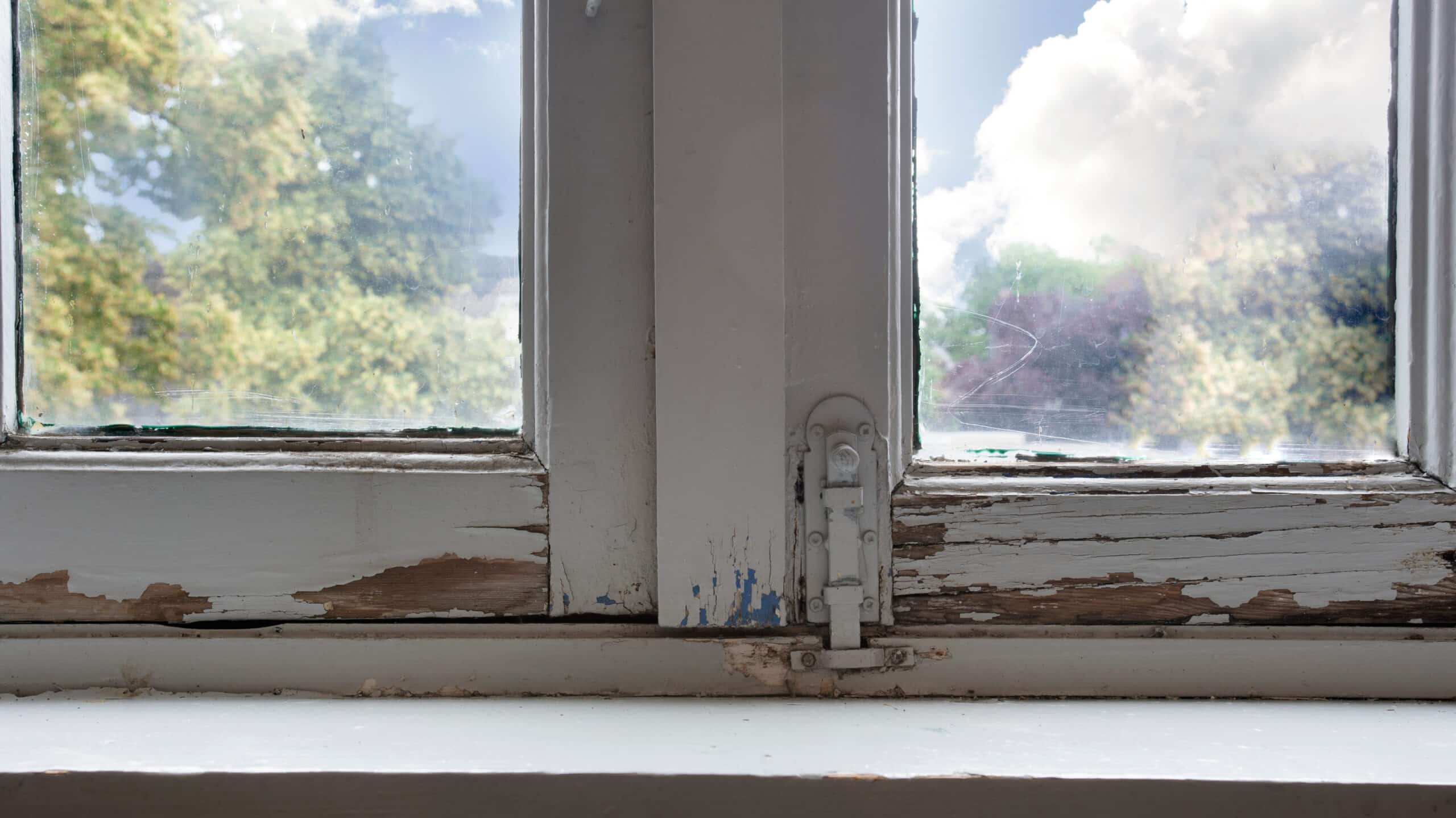
Repair or replace? A practical guide to window maintenance and repair
Our windows deal with a lot, so we shouldn’t be surprised if they eventually show signs of wear and tear. But if your windows are looking a bit sorry for themselves, there’s no need to panic. In some cases, a replacement may be necessary. However, it could be possible to repair the damage instead, saving you money and hassle. Let’s run through some of the most common maintenance issues and how to deal with them…
What can be repaired?
Condensation
Most of us have noticed condensation on our windows at some point. This is an extremely common issue and, in most cases, can be easily fixed. If it’s on the inside of your windows and can be wiped off, you can resolve the problem by improving ventilation in your home or making some small lifestyle changes. Try opening your windows to let fresh air circulate, use an extractor fan while cooking or purchase a dehumidifier. If possible, avoid drying laundry indoors or consider a heated drying rack if you don’t have outside space.
However, if you have double (or triple) glazing and the condensation remains after you’ve cleaned your windows then it’s probably inside the glass. This means the seal has deteriorated, allowing damp air to enter the space between the panes. Fortunately, it can be relatively easy to fix without resorting to a brand new window. With most newer uPVC and timber windows, you can simply remove the beading – the strip that holds the glass pane in place – with a glazing paddle, allowing you to swap out the glass. Reinstate the beading using a nylon or rubber hammer to prevent any damage to the window.

The process is a little trickier if the beading is on the outside of the window (especially if the damaged window is on an upper floor) or if the glass is held in place with putty. Removing old putty can be time-consuming – you will need to scrape it away, possibly using a heat gun to soften it – and it can be more difficult to remove the glass pane from the frame intact. You will then need to seal the new glass in place with fresh putty. Aluminium frames can also pose a challenge as the glass is often bonded with an adhesive, making its removal a more complex job.
If you’re not confident in what you’re doing, it’s always best to bring in a professional. But don’t be disheartened if you need to replace your double glazed units. It’s not as expensive as you may think and new glass is usually more thermally efficient, so you’ll get the added benefit of a warmer home and lower energy bills.

Mouldy sealant
Condensation can also lead to another common issue – black mould on the window sealant or bead. No-one wants mould in their homes and removing it instantly makes your space feel fresher. If the mould hasn’t been there long, you may be able to remove it yourself using some good old fashioned cleaning methods. Try rubbing a paste of baking soda and white wine vinegar into the affected area (give it a scrub if the staining is heavy). Rinse with a cold, damp sponge and pat dry. White wine vinegar will kill the mould spores while baking soda helps remove stains.
It may not be possible to fully remove the stains or the mould may keep reappearing. If this happens, the best option is to remove and replace the sealant completely. You can do this yourself or you may feel happier asking a professional to do it for you. Use a putty knife to remove as much of the old sealant as possible and then wipe away any remaining residue with a damp cloth. Dry the area thoroughly then use a caulking gun to apply new sealant around the edge of the window. Smooth it out with your putty knife before allowing it to dry.
Once your window is mould-free, make sure you address the root cause, either by following the advice on condensation above or checking whether there’s a leak.

Damaged handles or locks
Over time your window handles or locks can fail or become tarnished. However, if you can source a suitable replacement then you can fit new ones, rather than replace the whole window. Bear in mind that you will not be able to drill new holes in uPVC windows, so it’s important that your new handle is the same size and style (timber frames give you a little more flexibility). To be on the safe side, it’s best to source a replacement from the window manufacturer directly.
To replace a handle, open your window and keep the current handle in the open position. Remove any screw covers (usually found above the handle) followed by the screws themselves. Once the old handle is off, take the new one and move it to the open position before placing it in the same hole as the old one. Hold it in place while you screw it in and replace the screw covers.
The same process applies if your lock and handle are separate, for example if you have traditional sash windows.
Depending on the age of your window, you may not be able to source a replacement in which case you would need to replace your window entirely. Which leads us to…
When to replace your window
Your window is stuck
Have you ever locked a window and then been unable to find the key? Or discovered the locking mechanism has seized? We’ve all been there and more often than not the key has turned up at the back of a drawer or we’ve been able to lubricate the lock. Sometimes, however, the window remains firmly shut and no amount of jimmying it helps. And as mentioned above, it’s not always possible to source a replacement lock, particularly if your windows are old. Unfortunately, in these cases you would need to replace the entire window unit.

Damaged or rotten frame
Sometimes daily life leaves a lasting mark on our window frames. If your windows are uPVC or timber and there is only minor damage, it might be possible to buff it out. However, this won’t be the case with foiled windows or heavy marks, so you would need to replace the whole window if you can’t live with it.
The same goes for rotten timber frames. If there is minimal rot, you may be able to use a special treatment to reverse it or an epoxy filler to repair some of the damage. It may also be possible to replace the affected area instead of the whole frame. However, if the damage is extensive then it’s safer to install a new window.
Protect your frames by keeping them clean and swiftly dealing with any leaks or condensation. If your frames are timber, using a weatherproof paint will help keep them in tip-top condition for longer. Avoid leaving lit candles or ashtrays on windowsills as this could result in burn marks. Try placing some attractive coasters on your windowsill as a stylish way of protecting it.
To repair or not to repair…?
One of the biggest factors in deciding whether to repair or replace is the expense. Repairing any damage could save you a considerable amount of money – which is never a bad thing. However, it’s also becoming increasingly clear that this is the more sustainable option. Refurbishing cuts down on waste and emissions, helping reduce your carbon footprint as well as your bills.
If there is no choice but to replace your window, consider opting for a hardwearing, low maintenance frame crafted from uPVC or aluminium. You can even choose a finish that resembles natural wood – The Residence Collection is perfect for this. Overall, ensuring good window maintenance should help you avoid the issues we’ve discussed here and extend the life of your windows. Like any other essential part of your home, your windows deserve regular TLC so if you look after them, they’ll continue to serve you well. If you do need advice on window repairs or new windows, we’ll be happy to help.